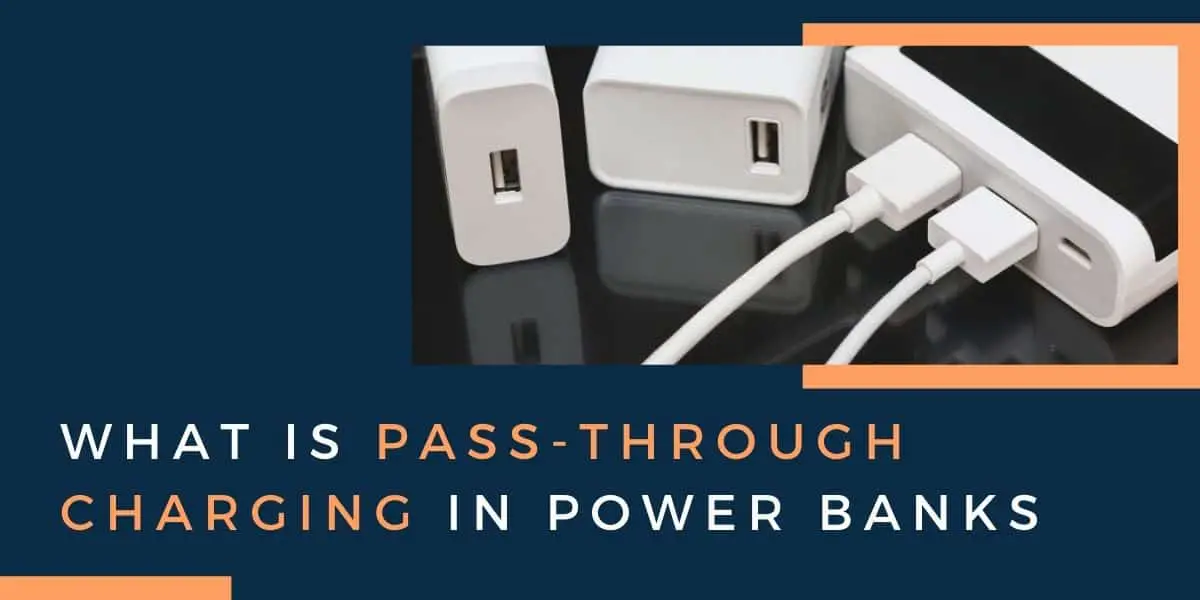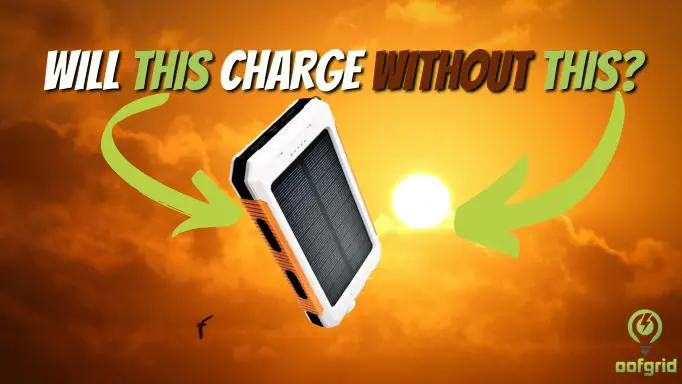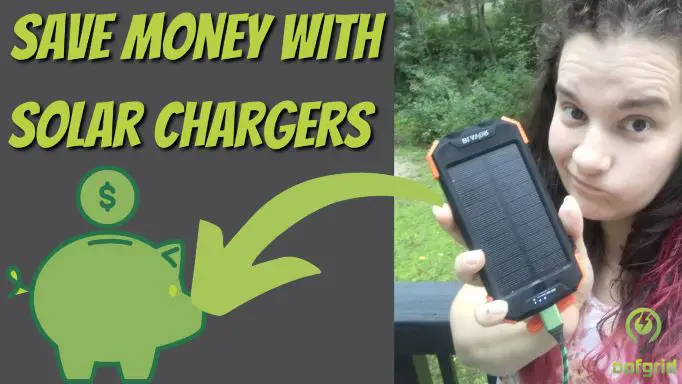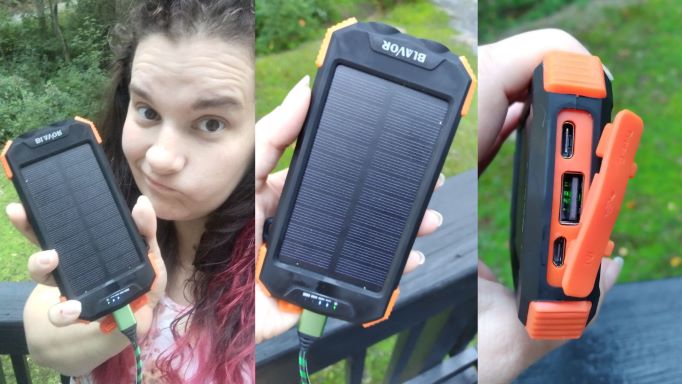Pass-through charging. Have you heard of it? If you are a pretty big tech nut then the answer is probably yes! But if you aren’t, then we’re going to assume that you haven’t. Correct? We thought so!
Regardless of whether you’ve heard about this awesome capability of power banks or not, we are going to talk about it and tell you everything you need to know and more.
Are you ready to enter this world? Great, let’s get cracking!
In a hurry? Take a look at the three power banks with pass-through charging we love ↗️
Contents
Pass-Through Charging? What’s That? I’m Confused.
Pass-through charging is generally stated on the feature list of most power banks (at least, the majority of the new models). Although you can probably gather the general meaning of this ability, we still want to take a further look at the ins and outs (and we can imagine that you do too).
To put it simply, pass-through charging is a nifty bit of tech inside some power banks that lets the device recharge while the power bank is connected to a wall socket. Sweet!
The bank makes use of multiple regulating power circuits to ensure it brings in enough energy to charge the device and the bank. In other words, it draws enough amps from the wall socket to allow everything to function normally.
When you connect everything properly, the electricity will run from the wall socket, into the power bank, and out to the attached item. Of course, the effectivity of the pass-through is determined by the load balance performance of your power bank model.
The RavPower has pass-through charging
No products found.
So, it can be faster or slower depending on how much you invested (generally, the better the bank, the more you pay).
By now you might be thinking to yourself, “I get it, but if you’re near a mains socket, why on earth would you use a power bank?”. Honestly, this is a fair question. And to tell you the truth, if you do have access to enough sockets, then you should avoid the whole pass-through charging thing.
But, there are a few scenarios where pass-through charging is the answer to your woes.
What scenarios, we hear you ask? Well, imagine that you’re in a café. You will probably only have a single outlet at your disposal, right? So, you need to think outside the box.
Thus, pass-through charging is super helpful since you might not have the right adapters for all those fancy gadgets you’ve got in your back pocket.
Okay, Great, But How Does It Actually Work?
Again, fair question. We’ve given you the basics and debunked the whole “why on earth is it needed” conundrum. So, it’s probably about time we get to the nitty-gritty, don’t you think?
Alright, it’s important to mention that this pass-through phenomenon isn’t available with all power banks. Yup, we did already mention this but it’s important so we’re saying it again for the people at the back.
If you try to use a non-supported model for this cool effect, you’ll find that the outputs turn off as soon as you plug the bank into a socket. Even if that doesn’t happen when you’re using a model that doesn’t come with pass-through capabilities, you’re probably going to cause some pretty major electrical accidents. Basically, check before you pass.
Now, for the folks with pass-through capabilities, read on.
Once you plug the power bank and the device into the various inputs, both appliances will eventually fully recharge. Although, you need to remember that the amps flowing into the bank has a limit.
Only a fraction of what flows will end up in your connected device. With that in mind, it’ll come as no surprise that it’ll take an age to replenish.
The interesting thing is this: the bank isn’t actually being charged while it’s filling up the device’s battery. Why? Because it’s impossible. Current flows in one direction only.
Here’s what really happens when you plug your bank to the wall and then connect a device to said bank:
- The power is sent directly to the connected device.
- Only if the charge input is bigger than the bank’s output will the bank’s battery be recharged simultaneously.
- If the input is not bigger than the output, the bank’s battery will actually discharge.
- If the bank’s battery gets to 0%, the output turns off. Then, the bank gets a chance to recharge properly. Therefore, the device will not be charged until the power bank has enough energy to turn the output back on.
Does it all make sense? Great; onward and upward!
Three great power banks to compare






Last update on 2025-09-16 / Affiliate links / Images from Amazon Product Advertising API
So, Will Pass-Through Charging Affect My Battery Life?
The blunt is, most likely. It has to be a pretty good power bank for it not to affect it since the bank has to make effective use of its internal circuitry. Plus, they tend to lose their power capacity over time anyway, so pass-through charging may speed up this process.
But don’t just take our word for it.
Your best option is to ask the manufacturer or an expert friend. They will definitely be able to tell you whether or not you’ll experience battery degradation over time.
If you want our opinion, we’d advise you to just keep an eye on things to ensure you won’t get yourself into a sticky situation.
Let Pass-Through Charging Pave The Way to Creativity
Up until now, you’ve probably thought that pass-through charging is very techy-techy. That just isn’t the case!
Many creatives and forward-thinking individuals are making use of power banks and their pass-through capabilities in very artsy ways. One guy even used it to power his bike’s LED light strips while he cycled across the country. Pretty cool, right?
Final Thoughts
You can use your power bank’s pass-through ability in any way you please. It’s especially good for those of you who like to work in coffee shops on the daily (like us). But ultimately, it’s up to you to take the plunge.
Just be careful and make sure your model truly supports this feature. We don’t want to see you end up in a nasty electrically-infused accident.






